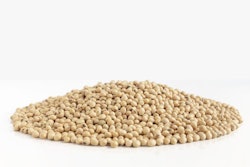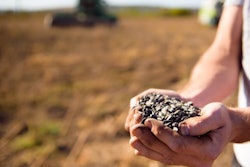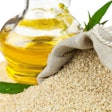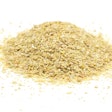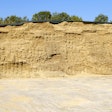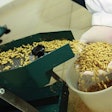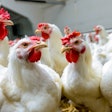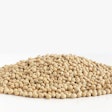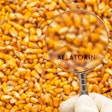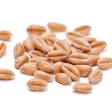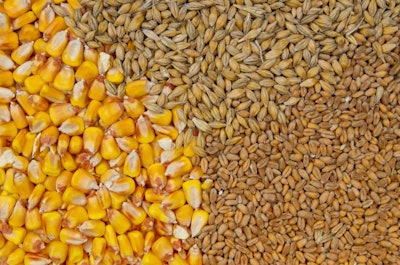
High cereal prices require the most efficient energy use
Many believe cereal prices will return to “normal,” but that might take more time than expected, even under the least optimistic scenarios. At least, in 2023, cereal prices are expected to remain high and, coupled with high energy (fuel, electricity, gas) prices, it becomes imperative to seek out any possible way to improve the energy available to the animal from existing cereals in any formula. Below is a non-exhaustive list that may be considered in any such discussion with your nutritionist and feed plant manager.
-
Clean
Buying clean cereals, without foreign material, is considered a matter of trade (grades) in some countries, but this is not the case everywhere. Clean, or as-is, cereals are often sold and bought on a weight basis with little attention based on their condition. A 10% foreign matter, mostly chaff from the fields, is not uncommon in some regions, and it is even accepted as norm. But this only increases the price of the actual cereal and reduces the energy available to the animal.
-
Enzymes
Certain brand-specific enzymes may help in cereals high in non-starch polysaccharides. They can increase dietary energy by up to 150 Kcal AMEn (poultry). Picking the right enzyme for the right cereal combination and having a substantial return on investment is something that we will be discussing more and more as cereal prices remain high.
-
Fine grinding
It is long known that find grinding improves feed efficiency in some species (pigs). In general, it has been proposed based on literature review that, for each 100 microns reduction in particle size, feed efficiency improves by about 1.5%. Of course, such number will be different for young vs. adult animals, but it is a general rule of thumb. On the other hand, going below 500-600 microns increases electricity demand at the hammermill disproportionally. A good balance, when electricity was at reasonable prices, was deemed to be the figure of 700 microns. Today, it is again a game of balance.
-
Cracked and whole
Some other animal species not only do not require their cereals to be finely ground, but they actually thrive on coarsely ground cereals (poultry). Others (ruminants) require just cracked corn and can do just as well on whole barley. Today, the practice of feeding whole wheat is examined by poultry producers who had discarded the idea previously as impractical. We might see the feeding of whole cereals as a new trend in other species, as well, if grinding becomes super expensive as electricity prices get out of control.
-
Carbo vitamins
This is a matter purely for top nutritionists, so I will be brief. Carbohydrate metabolism requires the presence of certain vitamins. Although we decry vitamin overfortification, some vitamins (the expensive ones) can be found wanting in low-cost premixes. And, these are B vitamins for which most animals have little or no reserves.
-
Variety-energy value
This is my peeve topic from the time I started working in this industry as an outsider. Wheat is not always wheat as there are more varieties of wheat than anyone can imagine. Just consider hard versus soft wheat that contain largely different concentrations of protein. In fact, it has been proposed that the variability in energy value among wheat varieties is greater than the variability among all wheat varieties against corn. In other words, without knowing exactly what we have (proper characterization of raw materials before purchasing them), nutritionists cannot assign a correct energy value to them.

